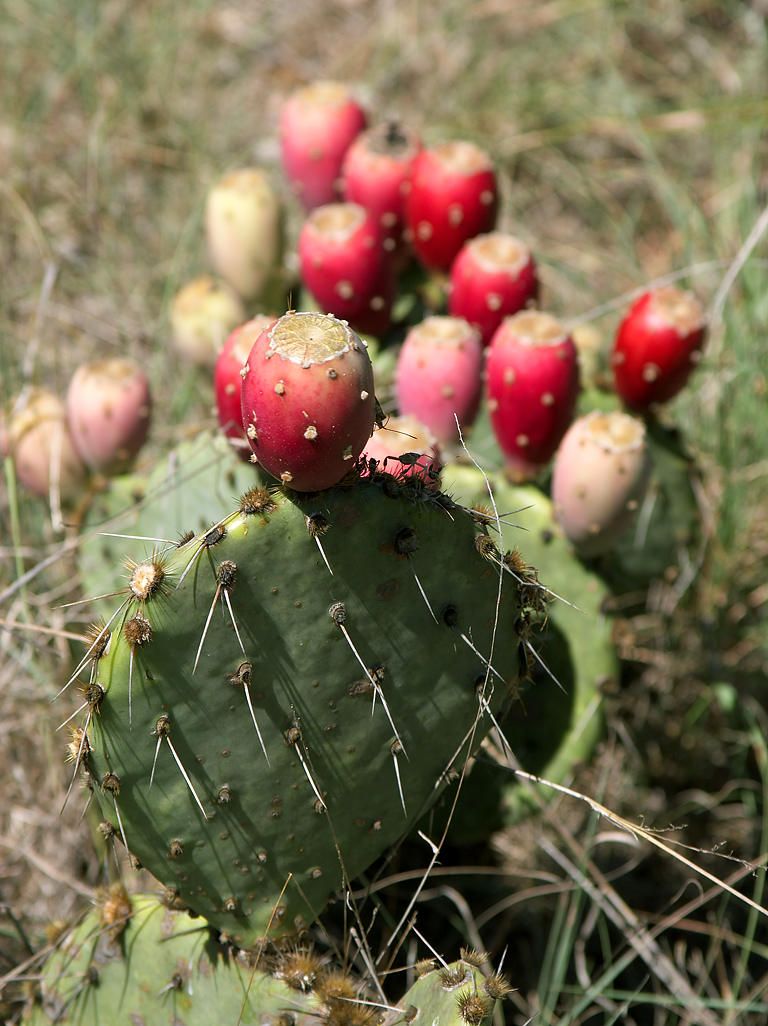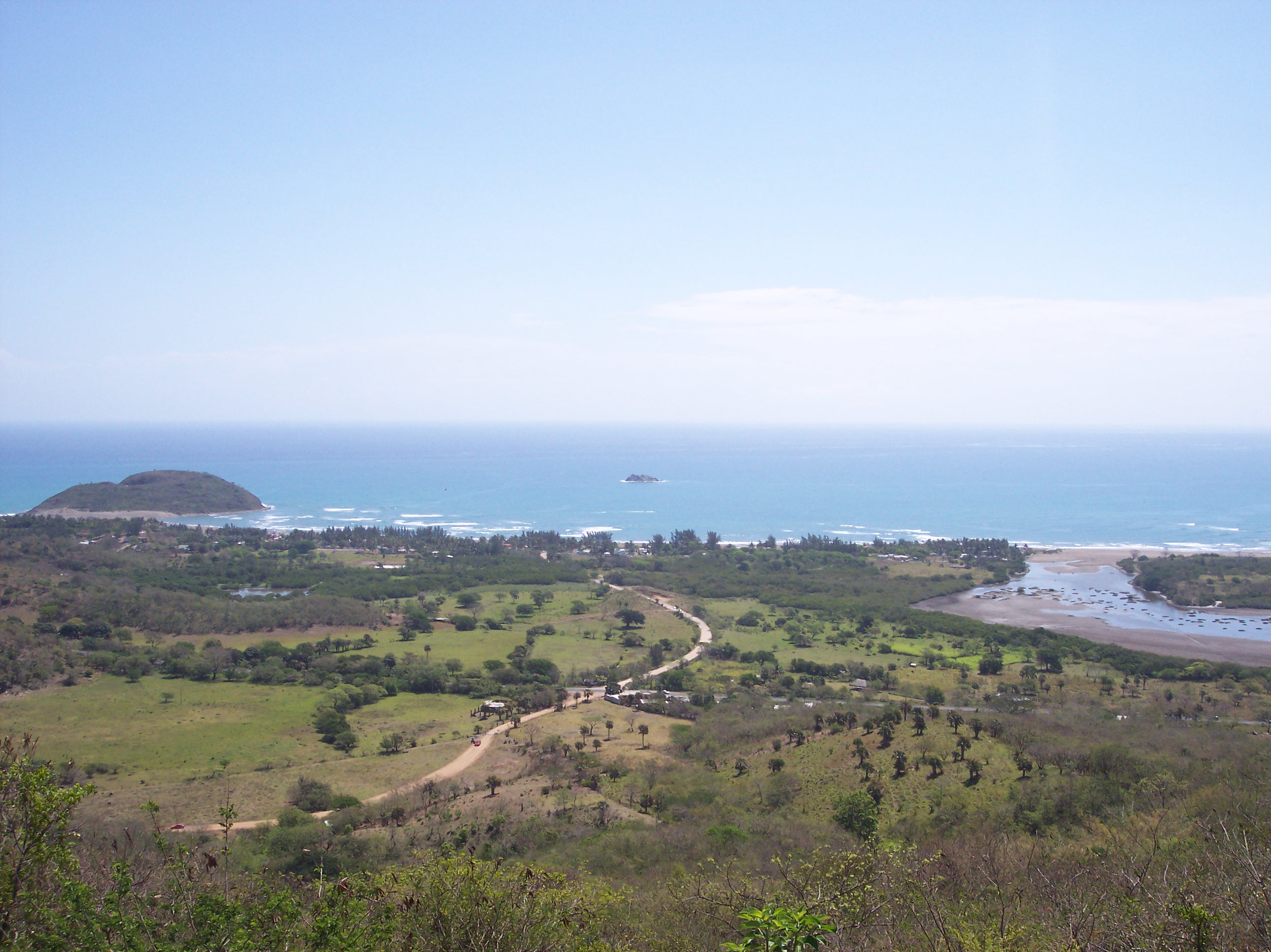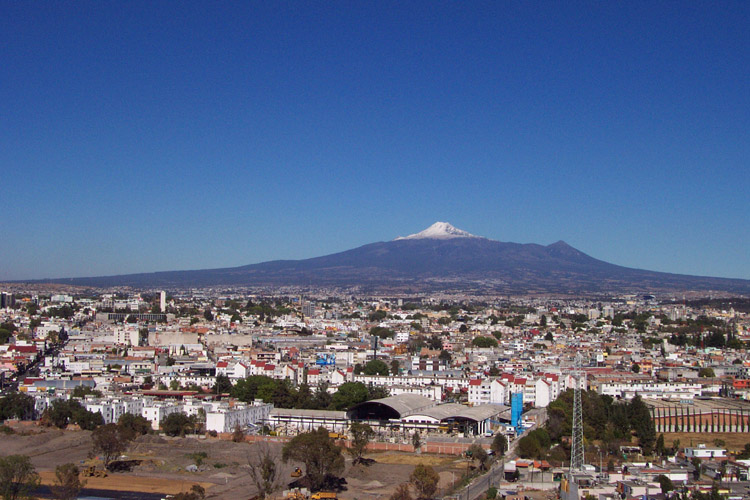|
Opuntia Rzedowskii
''Opuntia rzedowskii'', also known as Rzedowski's prickly pear, is a species of prickly pear cactus in the family Cactaceae. ''Opuntia rzedowskii'' was described by Léia Scheinvar in 1976. However, many older descriptions were accounted for the same species, but under a different taxonomic name in the early 1900s. Distribution and Habitat It is native to central Mexico, specifically throughout parts of Guanajuato, Guerrero, Hidalgo, Jalisco, State Of Mexico, Michoacán, Nuevo León, Oaxaca, Puebla, Querétaro, San Luis Potosí, Tamaulipas, Tlaxcala, Veracruz, and Zacatecas, with most online observations being recorded in the outskirts of Mexico City. It grows primarily in the dry shrub-land zone of Mexico, where it is found among grassy environments, such as hillsides or prairies. Taxonomy ''Opuntia rzedowskii'' was originally assigned under ''Opuntia lasiacantha'', until further research revealed a morphological difference between the two species, hence making ''Opu ... [...More Info...] [...Related Items...] OR: [Wikipedia] [Google] [Baidu] |
Opuntia
''Opuntia'', commonly called the prickly pear cactus, is a genus of flowering plants in the cactus family Cactaceae, many known for their flavorful fruit and showy flowers. Cacti are native to the Americas, and are well adapted to arid climates; however, they are still vulnerable to alterations in precipitation and temperature driven by climate change. The plant has been introduced to parts of Australia, southern Europe, the Middle East, and northern Africa. ''Prickly pear'' alone is more commonly used to refer exclusively to the fruit, but may also be used for the plant itself; in addition, other names given to the plant and its specific parts include ''tuna'' (fruit), ''sabra'', ''sabbar'', '' nopal'' (pads, plural ''nopales'') from the Nahuatl word , nostle (fruit) from the Nahuatl word , and paddle cactus. The genus is named for the Ancient Greek city of Opus. The fruit and leaves are edible. The most common culinary species is the "Barbary fig" ('' Opuntia ficus-indica ... [...More Info...] [...Related Items...] OR: [Wikipedia] [Google] [Baidu] |
San Luis Potosí
San Luis Potosí, officially the Free and Sovereign State of San Luis Potosí, is one of the 32 states which compose the Federal Entities of Mexico. It is divided in 59 municipalities and is named after its capital city, San Luis Potosí. It is located in eastern and central Mexico and is bordered by seven other Mexican states: Nuevo León to the north; Tamaulipas to the north-east; Veracruz to the east; Hidalgo, Querétaro and Guanajuato to the south; and Zacatecas to the north-west. In addition to the capital city, other major cities in the state include Ciudad Valles, Matehuala, Rioverde, and Tamazunchale. History In pre-Columbian times, the territory now occupied by the state of San Luis Potosí contained parts of the cultural areas of Mesoamerica and Aridoamerica. Its northern and western-central areas were inhabited by the Otomi and Chichimeca tribes. These indigenous groups were nomadic hunter-gatherers. Although many indigenous people died during Spanish colon ... [...More Info...] [...Related Items...] OR: [Wikipedia] [Google] [Baidu] |
Taxon
In biology, a taxon (back-formation from ''taxonomy''; : taxa) is a group of one or more populations of an organism or organisms seen by taxonomists to form a unit. Although neither is required, a taxon is usually known by a particular name and given a particular ranking, especially if and when it is accepted or becomes established. It is very common, however, for taxonomists to remain at odds over what belongs to a taxon and the criteria used for inclusion, especially in the context of rank-based (" Linnaean") nomenclature (much less so under phylogenetic nomenclature). If a taxon is given a formal scientific name, its use is then governed by one of the nomenclature codes specifying which scientific name is correct for a particular grouping. Initial attempts at classifying and ordering organisms (plants and animals) were presumably set forth in prehistoric times by hunter-gatherers, as suggested by the fairly sophisticated folk taxonomies. Much later, Aristotle, and later st ... [...More Info...] [...Related Items...] OR: [Wikipedia] [Google] [Baidu] |
Morphology (biology)
Morphology (from Ancient Greek μορφή (morphḗ) "form", and λόγος (lógos) "word, study, research") is the study of the form and structure of organisms and their specific structural features. This includes aspects of the outward appearance (shape, structure, color, pattern, size), as well as the form and structure of internal parts like bones and organs, i.e., anatomy. This is in contrast to physiology, which deals primarily with function. Morphology is a branch of life science dealing with the study of the overall structure of an organism or taxon and its component parts. History The etymology of the word "morphology" is from the Ancient Greek (), meaning "form", and (), meaning "word, study, research". While the concept of form in biology, opposed to function, dates back to Aristotle (see Aristotle's biology), the field of morphology was developed by Johann Wolfgang von Goethe (1790) and independently by the German anatomist and physiologist Karl Fried ... [...More Info...] [...Related Items...] OR: [Wikipedia] [Google] [Baidu] |
Prairie
Prairies are ecosystems considered part of the temperate grasslands, savannas, and shrublands biome by ecologists, based on similar temperate climates, moderate rainfall, and a composition of grasses, herbs, and shrubs, rather than trees, as the dominant vegetation type. Temperate grassland regions include the Pampas of Argentina, Brazil and Uruguay, and the steppe of Romania, Ukraine, Russia, and Kazakhstan. Lands typically referred to as "prairie" (a French loan word) tend to be in North America. The term encompasses the lower and mid-latitude of the area referred to as the Interior Plains of Canada, the United States, and Mexico. It includes all of the Great Plains as well as the wetter, hillier land to the east. From west to east, generally the drier expanse of shortgrass prairie gives way to mixed grass prairie and ultimately the richer and wetter soils of the tallgrass prairie. In the U.S., the area is constituted by most or all of the states, from north to south, of North ... [...More Info...] [...Related Items...] OR: [Wikipedia] [Google] [Baidu] |
Hill
A hill is a landform that extends above the surrounding terrain. It often has a distinct summit, and is usually applied to peaks which are above elevation compared to the relative landmass, though not as prominent as Mountain, mountains. Hills fall under the category of slope landforms. Terminology The distinction between a hill and a mountain is unclear and largely subjective, but a hill is universally considered to be not as tall, or as Grade (slope), steep as a mountain. Geographers historically regarded mountains as hills greater than above sea level. In contrast, hillwalkers have tended to regard mountains as peaks above sea level. The ''Oxford English Dictionary'' also suggests a limit of and Whittow states "Some authorities regard eminences above as mountains, those below being referred to as hills." Today, a mountain is usually defined in the UK and Ireland as any summit at least high, while the UK government's Countryside and Rights of Way Act 2000 defined mou ... [...More Info...] [...Related Items...] OR: [Wikipedia] [Google] [Baidu] |
Grassland
A grassland is an area where the vegetation is dominance (ecology), dominated by grasses (Poaceae). However, sedge (Cyperaceae) and rush (Juncaceae) can also be found along with variable proportions of legumes such as clover, and other Herbaceous plant, herbs. Grasslands occur naturally on all continents except Antarctica and are found in most ecoregions of the Earth. Furthermore, grasslands are one of the largest biomes on Earth and dominate the landscape worldwide. There are different types of grasslands: natural grasslands, semi-natural grasslands, and agricultural grasslands. They cover 31–69% of the Earth's land area. Definitions Included among the variety of definitions for grasslands are: * "...any plant community, including harvested forages, in which grasses and/or legumes make up the dominant vegetation." * "...terrestrial ecosystems dominated by herbaceous and shrub vegetation, and maintained by fire, grazing, drought and/or freezing temperatures." (Pilot Assessm ... [...More Info...] [...Related Items...] OR: [Wikipedia] [Google] [Baidu] |
Shrubland
Shrubland, scrubland, scrub, brush, or bush is a plant community characterized by vegetation dominance (ecology), dominated by shrubs, often also including grasses, herbaceous plant, herbs, and geophytes. Shrubland may either occur naturally or be the result of human activity. It may be the mature vegetation type in a particular region and remain stable over time, or it may be a transitional community that occurs temporarily as the result of a disturbance, such as fire. A stable state may be maintained by regular natural disturbance such as fire or browsing (predation), browsing. Shrubland may be unsuitable for human habitation because of the danger of fire. The term was coined in 1903. Shrubland species generally show a wide range of adaptations to fire, such as heavy seed production, lignotubers, and fire-induced germination. Botanical structural form In botany and ecology a shrub is defined as a much-branched woody plant less than 8 m high, usually with many plant stem, ... [...More Info...] [...Related Items...] OR: [Wikipedia] [Google] [Baidu] |
Mexico City
Mexico City is the capital city, capital and List of cities in Mexico, largest city of Mexico, as well as the List of North American cities by population, most populous city in North America. It is one of the most important cultural and financial centers in the world, and is classified as an Globalization and World Cities Research Network, Alpha world city according to the Globalization and World Cities Research Network (GaWC) 2024 ranking. Mexico City is located in the Valley of Mexico within the high Mexican central plateau, at an altitude of . The city has 16 Boroughs of Mexico City, boroughs or , which are in turn divided into List of neighborhoods in Mexico City, neighborhoods or . The 2020 population for the city proper was 9,209,944, with a land area of . According to the most recent definition agreed upon by the federal and state governments, the population of Greater Mexico City is 21,804,515, which makes it the list of largest cities#List, sixth-largest metropolitan ... [...More Info...] [...Related Items...] OR: [Wikipedia] [Google] [Baidu] |
Zacatecas
Zacatecas, officially the Free and Sovereign State of Zacatecas, is one of the Political divisions of Mexico, 31 states of Mexico. It is divided into Municipalities of Zacatecas, 58 municipalities and its capital city is Zacatecas City, Zacatecas. It is located in north-central Mexico and is bordered by the states of Durango to the northwest, Coahuila to the north, Nayarit to the west, San Luis Potosí and Nuevo León to the east, and Jalisco, Guanajuato and Aguascalientes to the south. The state is best known for its rich deposits of silver and other minerals, its Spanish Colonial architecture, colonial architecture and its importance during the Mexican Revolution. Its main economic activities are mining, agriculture and tourism. Geography Zacatecas is located in the center-north of Mexico, and covers an area of 75,284 km2, the tenth-largest state in the country. It borders the states of Nayarit, Jalisco, Aguascalientes, San Luis Potosí, Coahuila and Durango and is divided in ... [...More Info...] [...Related Items...] OR: [Wikipedia] [Google] [Baidu] |
Veracruz
Veracruz, formally Veracruz de Ignacio de la Llave, officially the Free and Sovereign State of Veracruz de Ignacio de la Llave, is one of the 31 states which, along with Mexico City, comprise the 32 Political divisions of Mexico, Federal Entities of Mexico. Located in eastern Mexico, Veracruz is bordered by seven states, which are Tamaulipas, San Luis Potosí, Hidalgo (state), Hidalgo, Puebla, Oaxaca, Chiapas, and Tabasco. Veracruz is divided into Municipalities of Veracruz, 212 municipalities, and its capital city is Xalapa, Xalapa-Enríquez. Veracruz has a significant share of the coastline of the Gulf of Mexico on the east of the state. The state is noted for its mixed ethnic and indigenous populations. Cuisine of Veracruz, Its cuisine reflects the many cultural influences that have come through the state because of the importance of the port of Veracruz (city), Veracruz. In addition to the capital city, the state's largest cities include Veracruz, Coatzacoalcos, Córdoba, V ... [...More Info...] [...Related Items...] OR: [Wikipedia] [Google] [Baidu] |
Tlaxcala
Tlaxcala, officially the Free and Sovereign State of Tlaxcala, is one of the 32 federal entities that comprise the Political divisions of Mexico, Federal Entities of Mexico. It is divided into Municipalities of Tlaxcala, 60 municipalities and the capital city and the largest city is Tlaxcala de Xicohténcatl. It is located in east-central Mexico, in the Mexican plateau, altiplano region, with the eastern portion dominated by the Sierra Madre Oriental. It is bordered by the states of Puebla to the north, east and south, State of Mexico, México to the west and Hidalgo (state), Hidalgo to the northwest. It is the smallest state of the republic, accounting for only 0.2% of the country's territory. The state is named after its capital, Tlaxcala, which was also the name of the Pre-Columbian city and culture. The Tlaxcaltec, Tlaxcaltec people allied themselves with the Spanish to defeat the Aztecs, with concessions from the Spanish that allowed the territory to remain mostly intact t ... [...More Info...] [...Related Items...] OR: [Wikipedia] [Google] [Baidu] |







